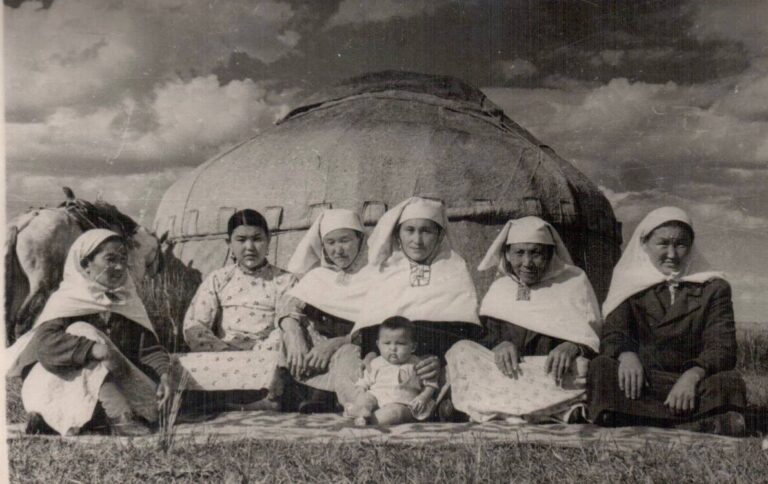On July 20, the National Bank of Kazakhstan decided to cut the base rate to 9% as well as narrow the interest rate collar to +/- 1.5 p.p. Thus, the rate for operations on liquidity provision now is 10.5% and for operations on liquidity taking is 7.5%.
According to the regulator, the decline of the base rate is determined by the weakening of inflation risks and the shrinking of the national economy in the first half of the year that was stronger than anticipated for the period of May and June. The second lockdown measures in Kazakhstan also might have an anti-inflation impact.
«Core inflation (trimmed mean) and medial inflation in June show modest dynamic – 6.1% and 4.4% respectively. However, both indicators were slightly accelerated from the start of the year (in December 2019 – 5.2% and 4.3% respectively). At the same time, the slower growth of core inflation compared to headline inflation signals about modest growth of monetary component of inflation,» the regulator said in its written note.
The main risks of inflation in this year are fiscal and quasi-fiscal impacts for inflation processes, low demand due to disruptions in supply chains caused by quarantine measures and higher prices for imported goods as the tenge (the currency of Kazakhstan) has weakened.
As the regulator noted, the role of the US dollar in the national economy is much lower now, which gives an opportunity for a further rate decrease. To secure assets nominated in tenge, the National Bank took some very urgent measures. As preliminary data show, in the first half of the year the share of deposits in the US dollars had been reduced from 43.1% to 40%, which is pretty good for the base rate reduction.
The decision to cut the base rate also addresses risks of variance from projections, the uncertainty of external sector recovery, and higher than expected damage for the Kazakhstani national economy by COVID-19. These factors might affect consumer demand and have an additional disinflation effect.
According to the National Bank, the narrowing of the interest rate collar is necessary because the situation on the financial markets is stable and the economy is adapting step-by-step to the new normal. The decision will help move the money market rate close to the base rate and will create more sustainable expectations of the market players.
«The new level of the base rate will help compensate higher credit risks by downsizing the value of loans. This decision will cushion the negative impact of the second lockdown to Kazakhstan and will support the recovery of the national economy,» the regulator press release says.
In April and June, the National Bank didn’t change the base rate but noticed the global economy is stable and some commodities and financial markets have rebounded. With some indicators of China’s economic recovery, European countries and the US emerging from the lockdown, the global oil consumption starts to grow again.
As the regulator noted on June 6, further decisions in the area of monetary regulating will be based on global commodities market performance, speed of recovery of the business activity in the country, and level of variance of the real inflation dynamic from the projections.
The next decision on the base rate will be announced by the National Bank on September 7, 2020, at 3PM (Nur-Sultan time).












